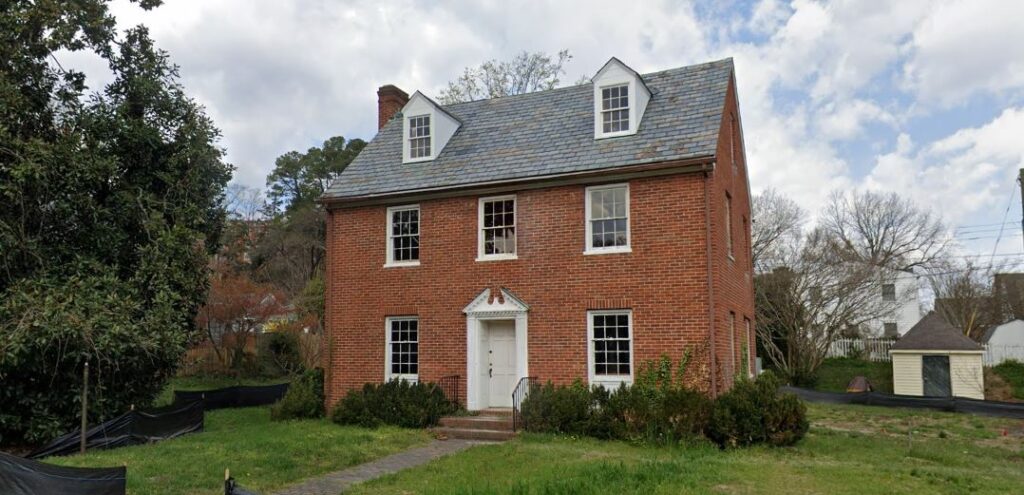we all love
Our Hood
How a Conservation District can protect it…and offer tax incentives, too.
“Conservation Districts are used to protect the character and more modest scale of older historic neighborhoods facing increased development pressures and tear-downs. Modern construction is encouraged, if done thoughtfully in concert with older structures.”

Guidelines
What makes a Conservation District a smart choice?
A home is often the largest investment people make, and it’s crucial to protect that investment. Conservation districts do just that—they help preserve the charm and character of our neighborhoods while fostering vibrant, walkable, and desirable communities.
When it comes to affordability, older homes often provide the best value. The most affordable houses are often those that have been standing for over 50 years. In fact, many of America’s most affordable rental homes cost a fraction of what new construction does.
Take College Terrace, for example. It’s one of Fredericksburg’s most densely populated areas, with 16% of its housing units being older, multi-family homes. Although the zoning designates it as R-4 for single-family homes, this area actually features a range of structures, from small houses to large homes, townhouses, apartments, and even a few businesses.
The city has a strong interest in preserving the scale, livability, and architectural charm of its well-established neighborhoods. Historic preservation is more than just about saving old buildings—it enhances Fredericksburg’s national reputation, boosts our economy, strengthens property values, creates jobs, and attracts visitors. It also supports sustainability by conserving resources and helps the environment.
People are drawn to historic character, whether they’re renters, property buyers, or business owners. By preserving what makes our community unique, we’re ensuring that Fredericksburg remains a place people want to live, work, and visit for years to come.
It empowers residents to shape the future of their neighborhood, preserving its architectural integrity and fostering sustainable, community-friendly development.
Without the protections of a conservation district, larger new homes may push out modest-income residents in older neighborhoods. But with conservation-district zoning, compatible new construction and renovations can add quality housing while preserving the neighborhood’s unique character and human-scale density.
How would you feel if a building twice the height of your home went up next door?
Or if a century-old house was demolished and replaced with something completely out of character with the neighborhood?
If you value your neighborhood, a conservation district can help protect it.

